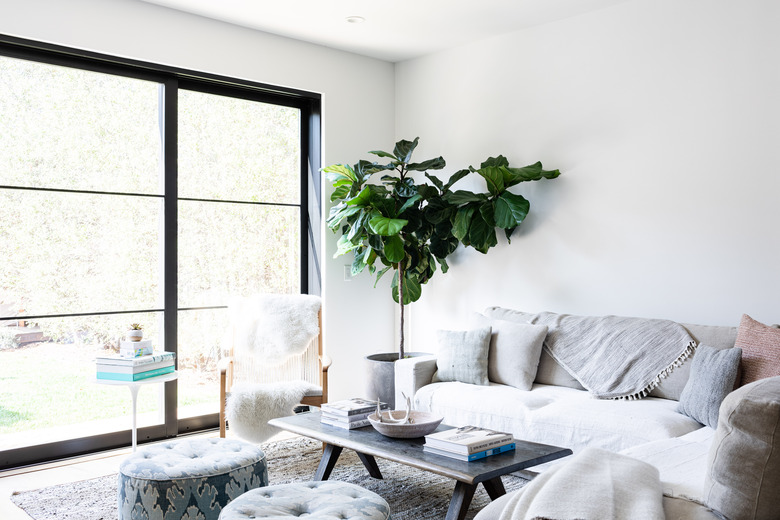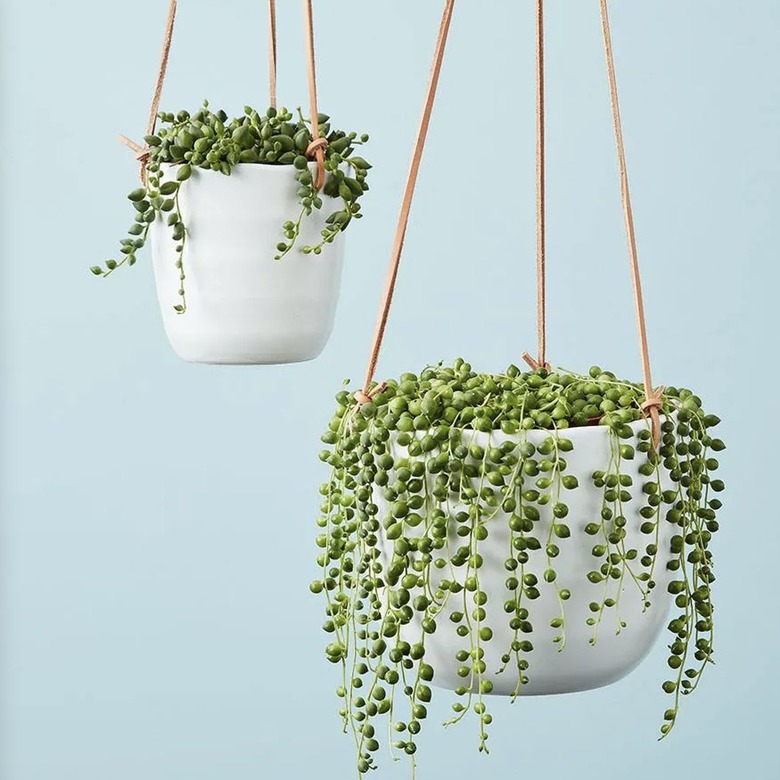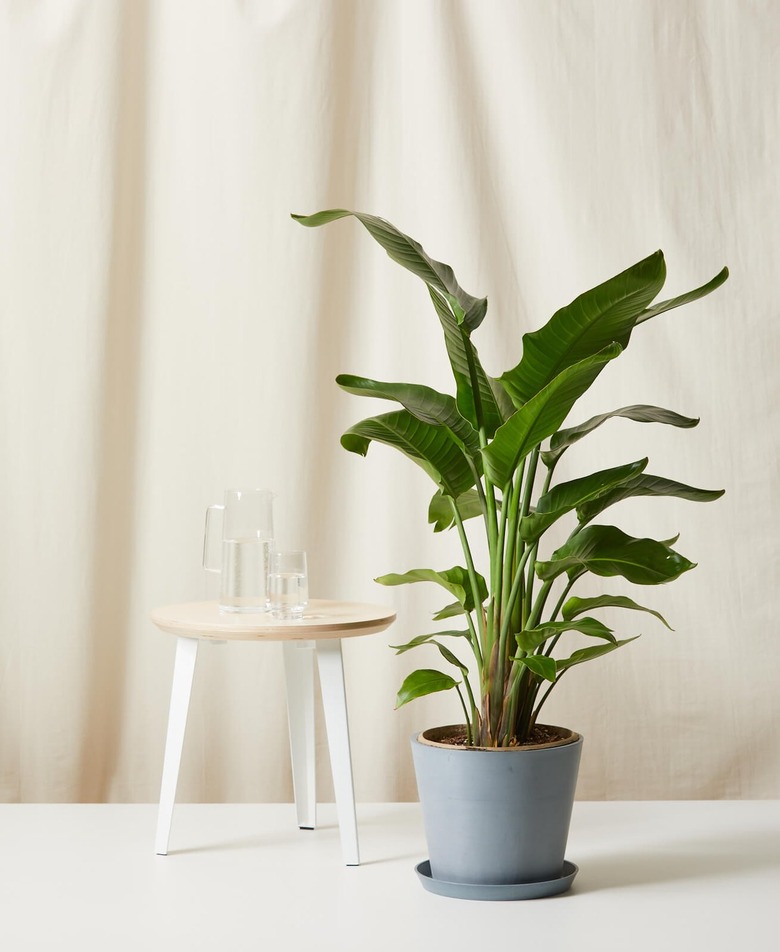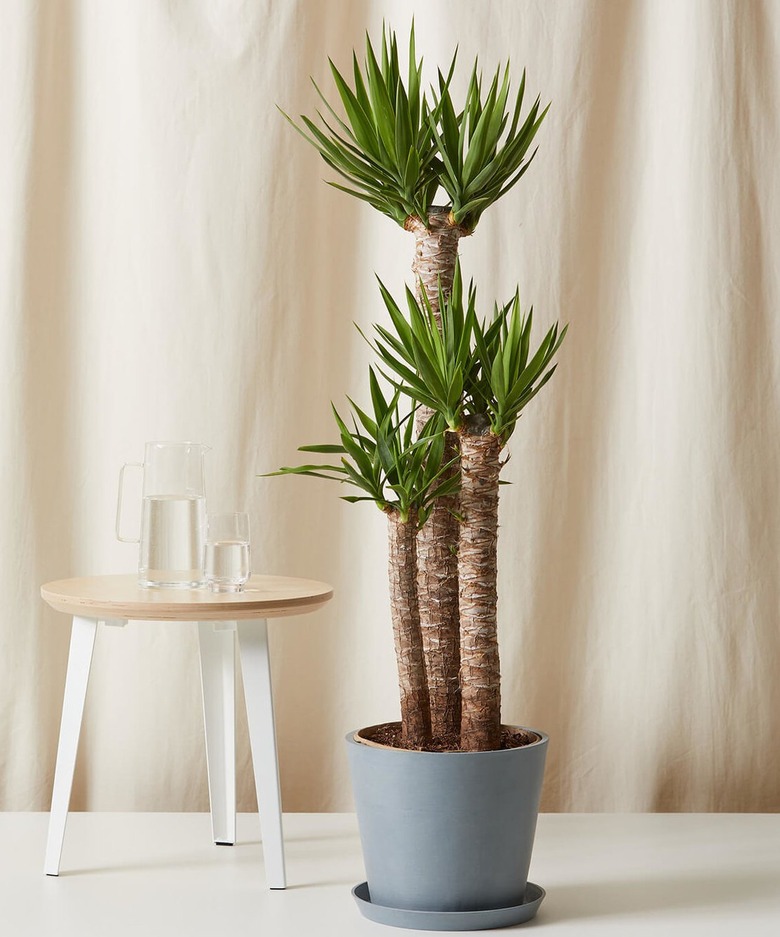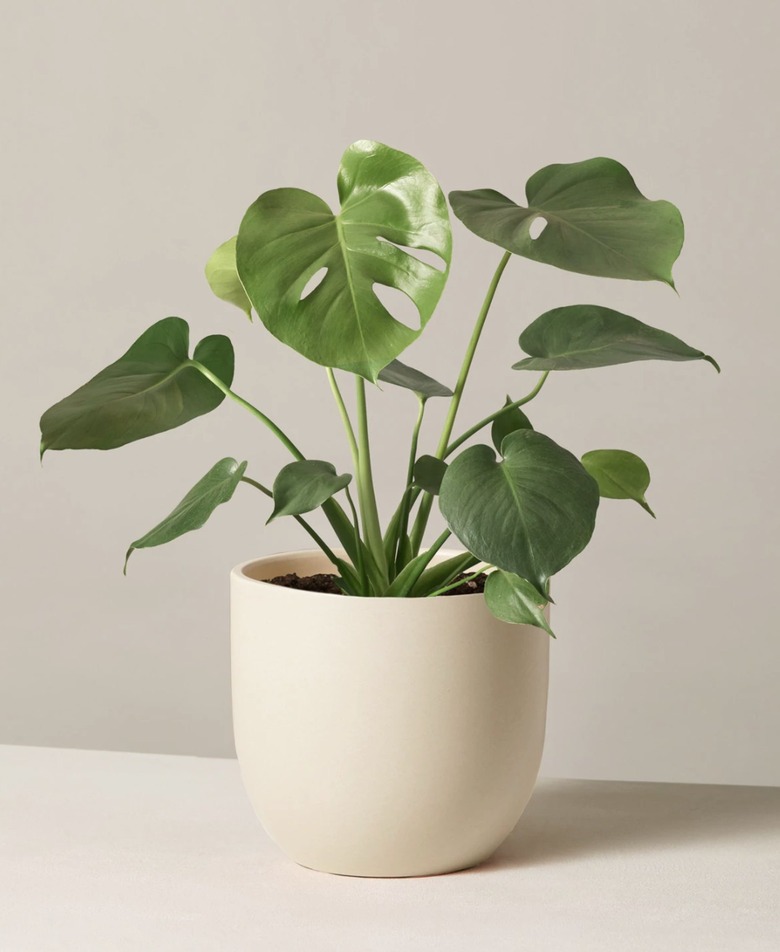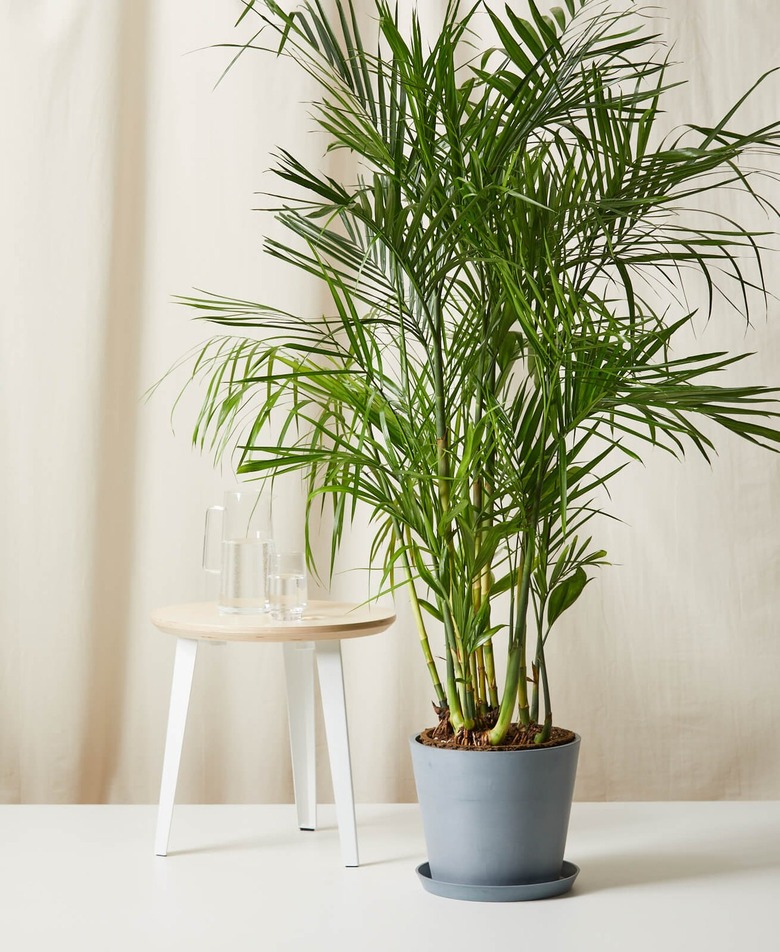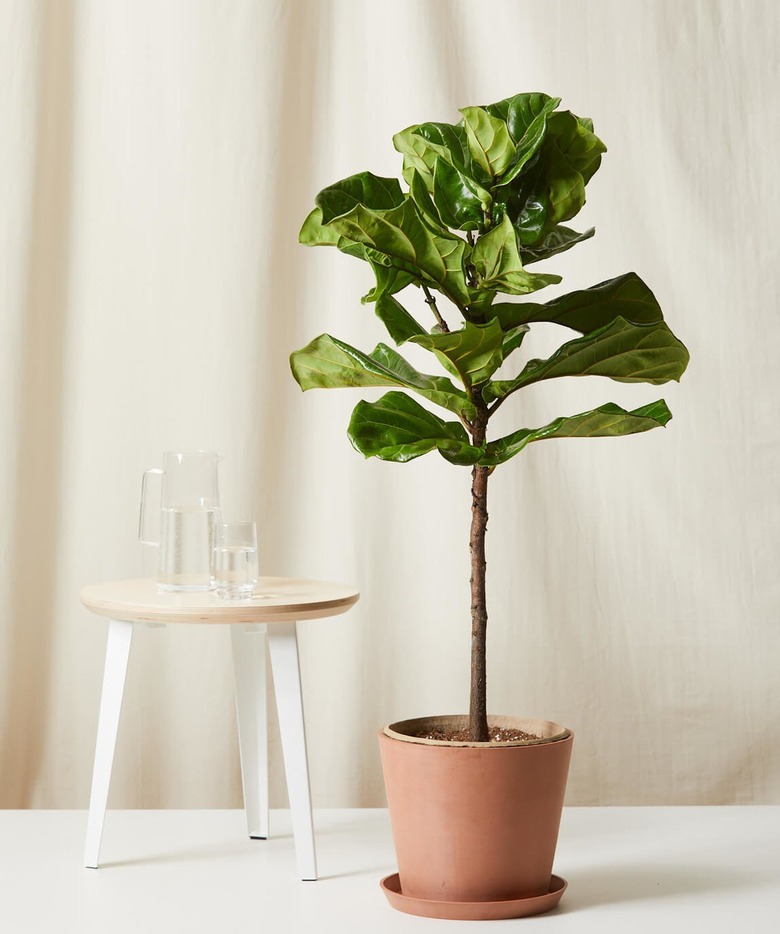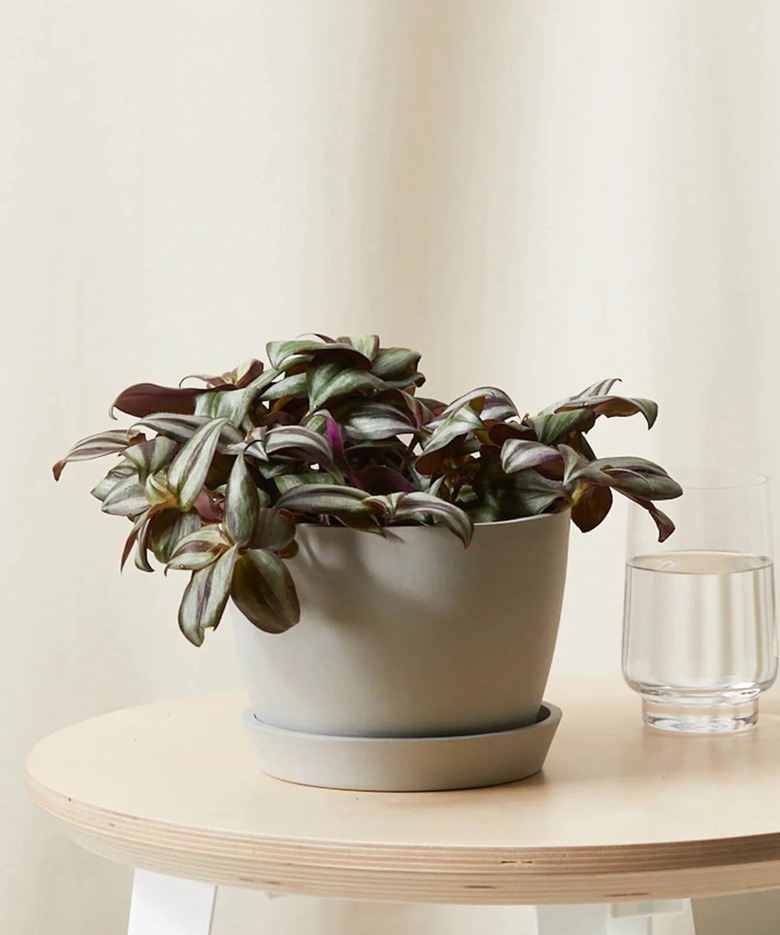7 Best Plants To Buy For West-Facing Windows
Not all sunlight is the same intensity and different plants prefer different exposures. That's why the window placement can make or break a houseplant. While south-facing windows get the most rays — all day direct sun — that's too much for many plants. Some sun-loving plants prefer a half-day of bright sun.
A west-facing window gets some light all day but direct sun only in the afternoon. This exposure is ideal for plants that love sun but not too much of it. They will reward you for this placement by growing into vibrant, healthy houseplants. Here are seven great houseplants looking for a west-facing window.
1) String of Pearls (Curio rowleyanus)
1) String of Pearls (Curio rowleyanus)
Few plants are more recognizable than the string of pearls, a succulent vine native to southwest Africa. It looks exactly like strung pearls, with its small, bead-like leaf segments. These succulents look fabulous in a hanging basket in the window.
Since the string-of-pearls need plenty of sunshine every day, a west-facing window will be perfect. If your summers swelter, just move the plant a few feet back from the window for a month or two so it gets a bit less heat. Any well-draining potting soil will do just fine for this tolerant succulent. Keep the soil somewhat moist during the growing season, but not wet. Cut back on water in winter.
2) Bird of Paradise (Strelitziai reginae)
2) Bird of Paradise (Strelitziai
reginae)
Have you ever seen an exotic tropical bird? If so, you won't wonder at the common name of these flowering perennials. The bird of paradise is a striking tropical plant known for its dramatic orange and blue flowers that resemble a bird in flight. They make excellent houseplants, with their long-lasting flowers and lush, banana-like leaves.
Despite their ornate blooms, bird of paradise plants are adaptable and easy-care as long as they get enough sun. To thrive, they need six to eight hours of sun a day, some direct and some indirect rays. Don't forget to irrigate regularly.
Buy Now: Bloomscape Bird of Paradise, $199
3) Spineless Yucca (Yucca gigantea)
3) Spineless Yucca (Yucca
gigantea)
Denizens of the southwestern deserts, yuccas are tough and resilient. They are native to Mexico and the Caribbean and extremely drought tolerant plants, storing water in their trunks. The spineless yucca is a popular houseplant. It has a thick, largely branchless stem topped by a thick crown with stiff, hard, dagger-like leaves. A potted spineless yucca will make a real statement in the living room.
These desert plants need a sunny position that is sheltered from cold drafts. The west-facing window should provide the goods. Give the yucca well-drained, loamy soil and watch the water. Don't water more than once a week in summer, once or twice a month in winter.
Buy Now: Bloomscape Staggered Yucca Cane, $199
4) Swiss Cheese Plant (Monstera deliciosa)
4) Swiss Cheese Plant (Monstera deliciosa)
If you are looking for a "wow" plant, you can't do better than the trendy monstera deliciosa. Native to the rainforests of Central America, this bold plant grows to 70 feet tall in the wild but tops out at around six feet as a houseplant. An evergreen, the Swiss cheese plant is grown for its showy leaves that are boldly lobed with elongated holes throughout the blades, earning them their common name. They are also called the split-leaf philodendron.
Monstera requires lots of light but should not get more than six hours of direct sun a day. That makes it perfect for west-facing windows. It needs moist, well-draining soil with high organic content.
Buy Now: The Sill Monstera Deliciosa, $52
5) Areca Palm (Dypsis lutescens)
5) Areca Palm (Dypsis lutescens)
The areca is a fast-growing palm featuring several cane-like stalks with smooth, golden trunks. The plant features feathery, upright fronds that arch gracefully, creating a bushy appearance. It tops out at about six feet as a container plant. The areca palm is consistently rated as a top houseplant for removing indoor air toxins.
As a palm, the areca loves moist soil and bright sunlight. While it can thrive in dappled light, it prefers up to six hours of direct sunlight.
Buy Now: Bloomscape Bamboo Palm, $199
6) Fiddle Leaf Fig (Ficus lyrata)
6) Fiddle Leaf Fig (Ficus lyrata)
The fiddle leaf fig is among the most popular houseplants, admired for its slender stems and large, lush, glossy leaves. The heavily veined leaves are the main feature, growing in a shape the looks like a fiddle, e.g. oval with a "waist" in the middle. This plant will be the focal point of any room if kept in a container on the floor and permitted to grow to its natural indoor height of six feet or more.
Give your fiddle leaf fig well-draining soil and lots of bright, direct sunlight. A west-facing window is an ideal placement. Rotate the plant occasionally to let every leaf get its share.
Buy Now: Bloomscape Fiddle Leaf Fig, $249
7) Inch Plant (Tradescantia zebrina)
7) Inch Plant (Tradescantia zebrina)
Inch plant, or the tradescantia zebrina, is a houseplant that was popular decades ago and remains popular today. People just love its trailing stems and pretty leaves with pink, purple, and green striping. The plants are gorgeous in hanging baskets or spreading across a tabletop.
Inch plants need bright light and can tolerate direct afternoon sun. Plant it in well-draining soil and give it water when the potting mix starts to dry.
Buy Now: Bloomscape Tradescantia Zebrina, $39
